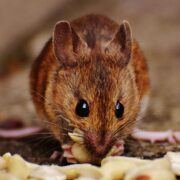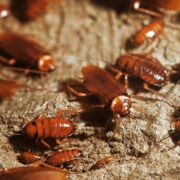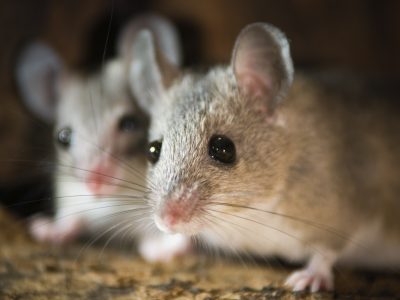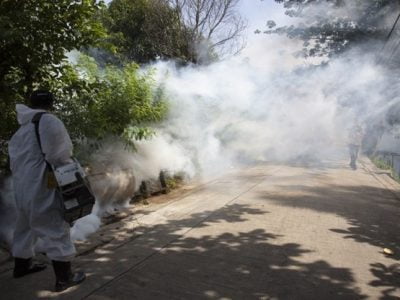While our children may adore their furry pet mice or rats, as homeowners we dread the presence of a wild rodent intruder – or, even worse, a whole family of them.
Not only can a rodent infestation lead to stolen food, chewed wiring, and unsightly holes in our baseboards, but wild rats and mice also harbor fleas, and potentially life-threatening diseases. As a result, they are an unsanitary and unwanted addition to our properties.
But how do you tell if you have any little furry uninvited guests hiding out in your home? Read on to discover some tell-tale indicators that will hopefully help you to confirm if you have a rodent problem or not.
Unexplained Holes Or Bite Marks
Sometimes one of the first warning signs of mice or rats are little gnaw marks or even holes, chewed into cereal boxes, flour bags, drywall and wooden baseboards. If you notice anything like this, it warrants further investigation.
In the meantime, you may want to reconsider how you store your food; for example, anything contained in a cardboard box should perhaps be moved to a sturdy Tupperware container. You should also make sure that your garbage cans are securely fastened, and, if you have pets, you may want to put their food bowls away between meals.
An Unpleasant Smell
If you open one of your kitchen cabinets and encounter a sharp, unpleasant odor, then unfortunately this is a sign that your cupboards have been invaded by a furry interloper – or possibly several. Rodent urine has a strong ammoniac tang which is quite unmistakeable.
Droppings
Finding tiny droppings is a clear sign that you have at least one mouse or rat scampering around your home. It also indicates that it’s time to bring out the humane traps.
Alternatively, if you’re not keen on catching them yourself, you can call in experienced rodent control specialists such as ABC Home & Commercial to tackle the problem for you. They can assess the extent of the infestation and come up with a specially tailored plan to tackle your four-footed intruders.
Nesting Materials
When rats and mice find a new home, they will make a nest. While in the wild, they may find a sandy burrow to sleep in, in your home they will build their own nests out of shredded paper, cardboard, scraps of fabric and anything else that takes their fancy. If you stumble upon a pile of material that looks like a nest, the bad news is, it probably is.
Squeaks, Scratching, And Footsteps
Rats and mice prefer to hole up during the day and then make their move at night. As a result, if you do have an infestation in your home, you will probably find that you start hearing unexplained noises after dark, such as squeaking, scratching, and maybe even the sound of tiny scampering feet.
These sounds could come from inside your cupboards, in the attic, or even inside your walls, which may be the most disconcerting of all.
Final Thoughts
While no one wants to have a rodent infestation in their home, the good news is that, once you find the tell-tale signs, you can take action and resolve the problem. If the invasion is minor, you can probably tackle it yourself with the help of homemade repellents and traps, but if you’re in any doubt, it’s best to call in the professionals who will take care of it for you.










Comments